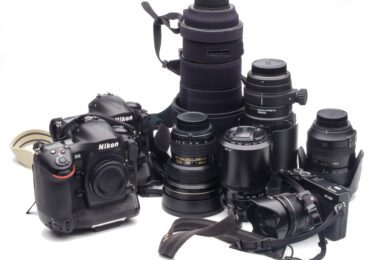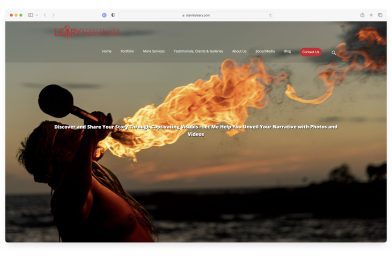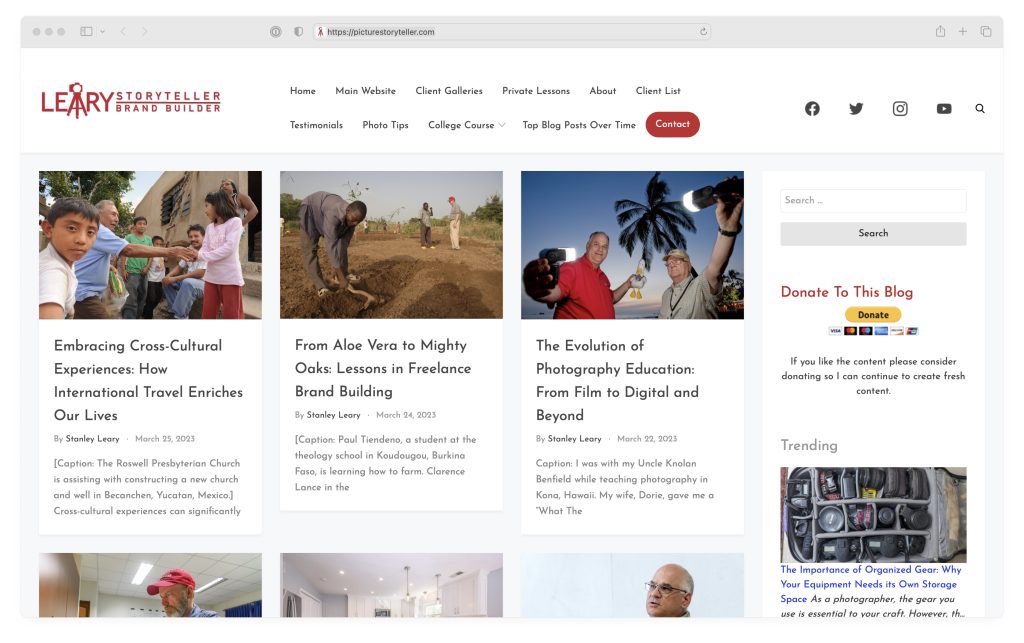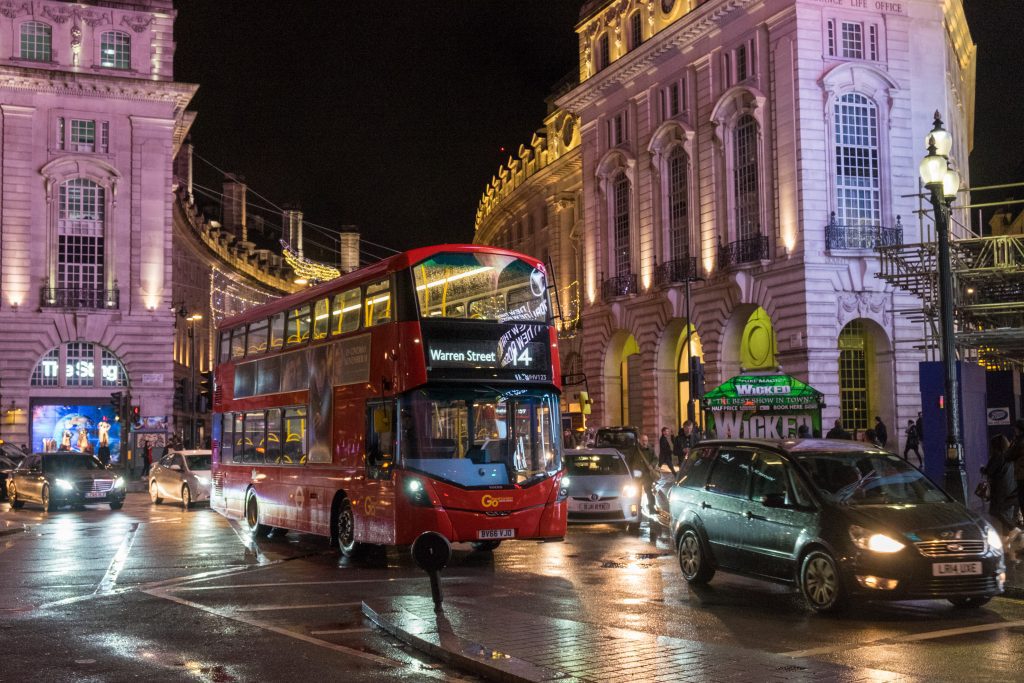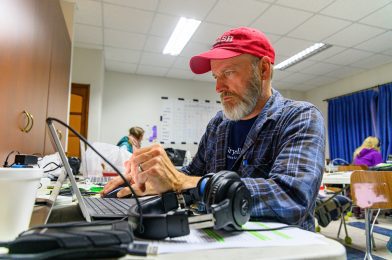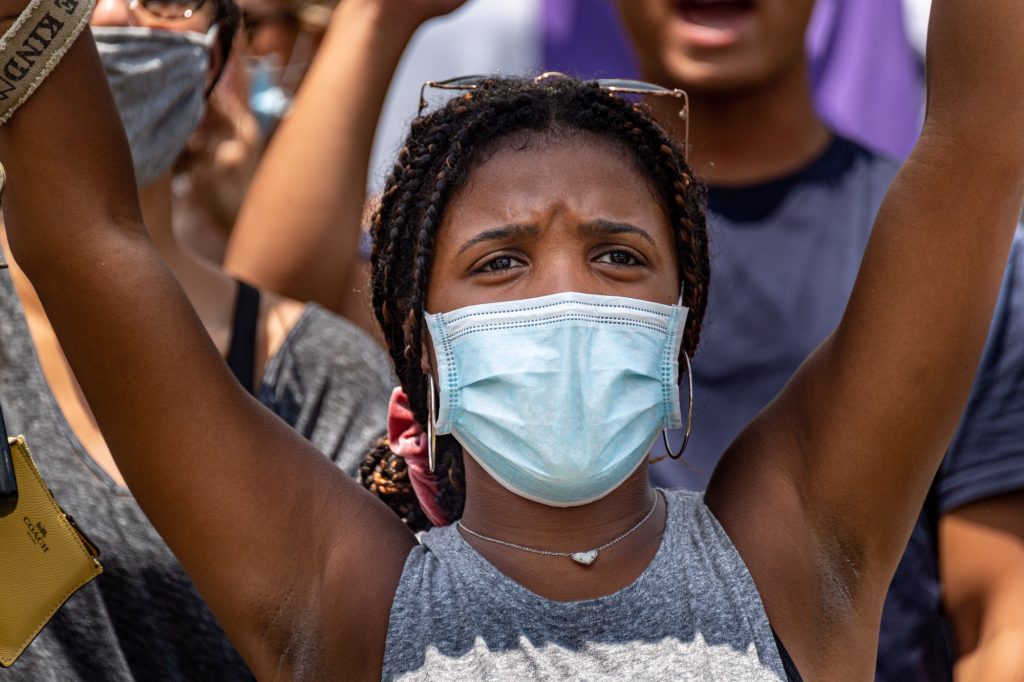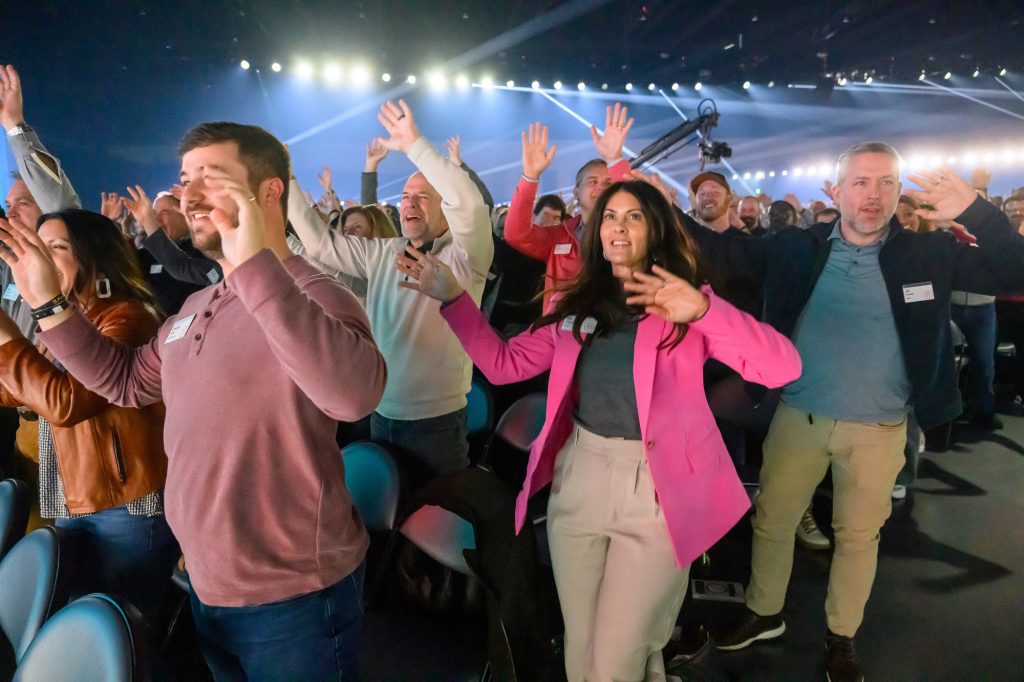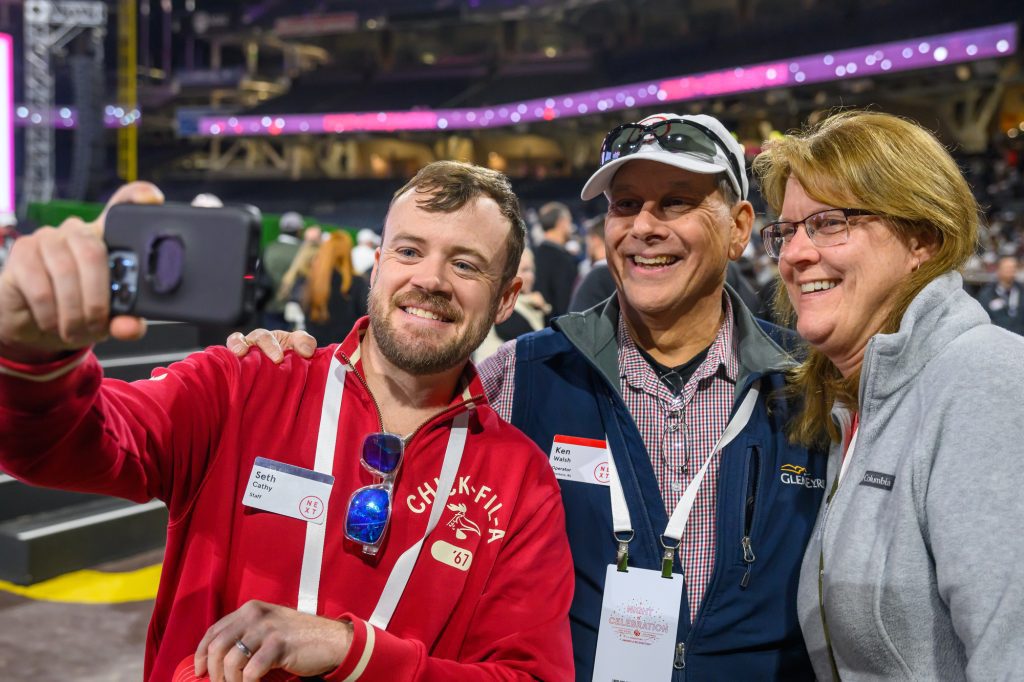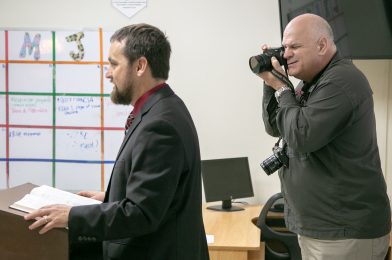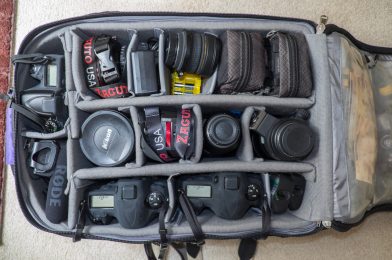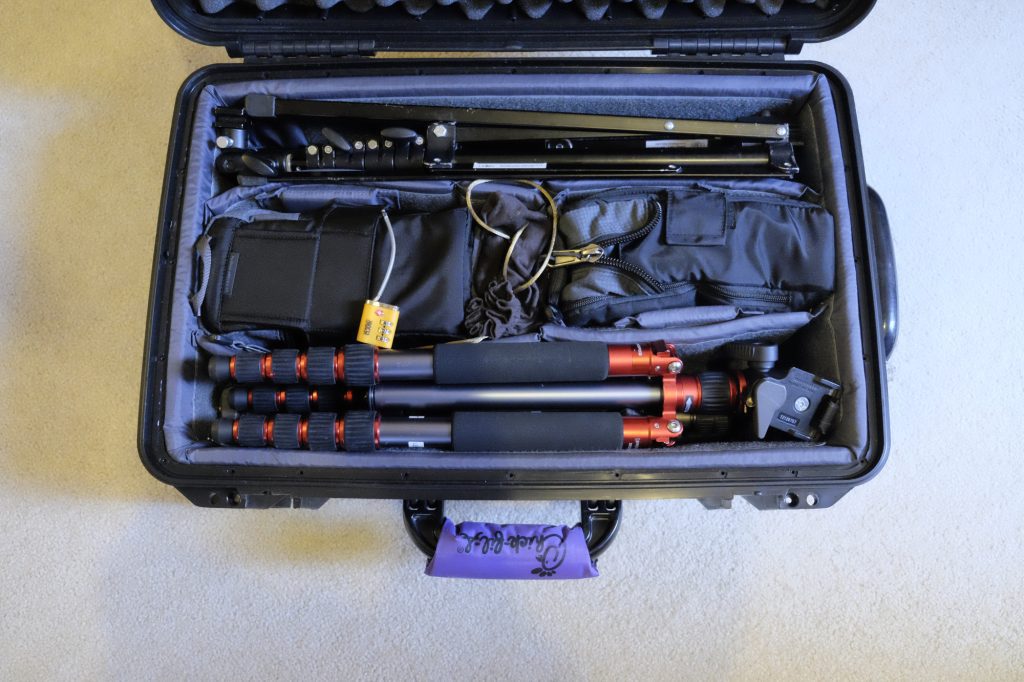Preparing for a photo assignment, mainly covering an event, is crucial to ensure a successful outcome. As a photographer, the day before the photo shoot is just as important as the day of the shoot. This is when I take the time to review the shot list or the run of the show to ensure I am well-prepared for the day ahead.
One of the first things I do is print out the shot list or create my to-do list for the day. This is my guide throughout the shoot and helps me stay organized and focused. For more significant events, it’s essential to break down the shot list into manageable sections to cover everything I need to without missing any important moments.
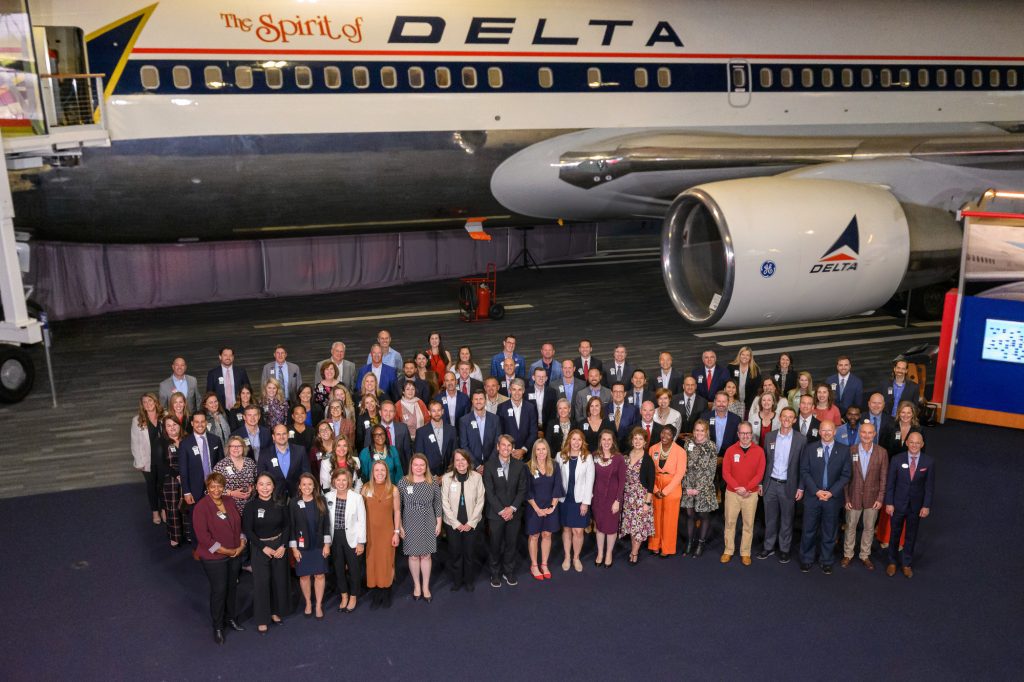
I know I will be taking a group photo of about 800 people for tomorrow’s shoot. So, to pack my studio strobes, camera gear, and on-camera flashes to ensure I am well prepared. I also format my camera memory cards and charge all my camera and flash batteries. This way, I am ready to go when I arrive at the location.
In addition to packing my gear, I also double-check to ensure I have backups for any situation that could go wrong. This includes extra batteries, memory cards, and even backup camera gear if something malfunctions.
When it comes to the shoot’s logistics, I double-check the map for how to get to the location and plan my route accordingly. I also check parking, which can be a significant issue in busy cities. Again, I make sure I have a plan for where to park and how to get my gear to the location safely.
Lastly, I set my alarm and plan to leave with enough time to account for traffic. In a busy city like Atlanta, it’s essential to give me at least a 30-minute buffer to ensure that I arrive on time and have plenty of time to set up my gear before the shoot begins.
In conclusion, preparing for a photo assignment takes careful planning and attention to detail. By reviewing the shot list, packing the necessary gear, checking the logistics of the shoot, and giving myself plenty of time to arrive on location, I can ensure a successful outcome and capture all of the critical moments of the event.

